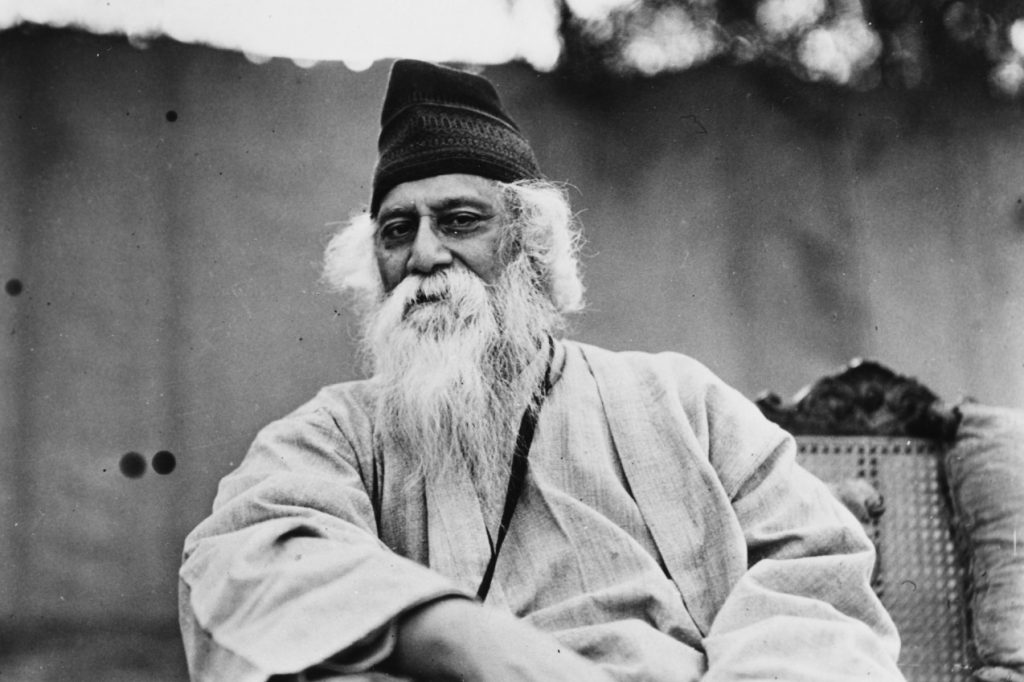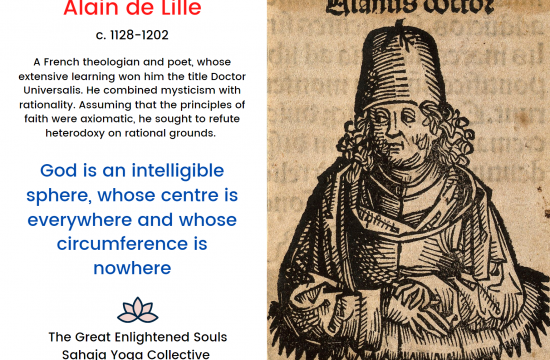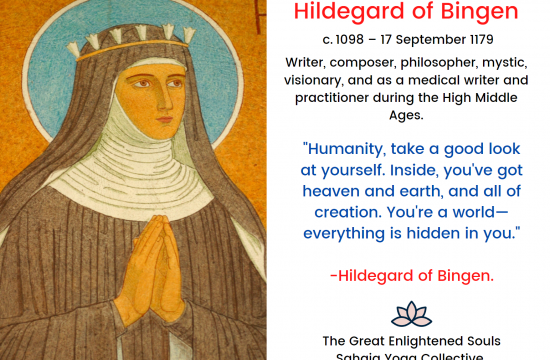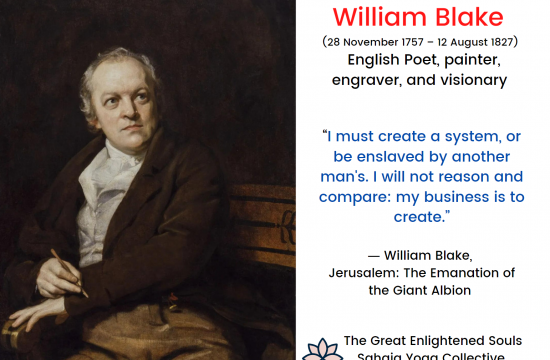Rabindranath Tagore FRAS (born Rabindranath Thakur, 7 May 1861 – 7 August 1941; sobriquet Gurudev, Kobiguru, Biswakobi) was a Indian polymath – poet, writer, playwright, composer, philosopher, social reformer and painter.
He was a fellow of the Royal Asiatic Society. He reshaped Bengali literature and music as well as Indian art with Contextual Modernism in the late 19th and early 20th centuries. Author of the “profoundly sensitive, fresh and beautiful verse” of Gitanjali, he became in 1913 the first non-European to win the Nobel Prize in Literature.
Tagore’s poetic songs were viewed as spiritual and mercurial; however, his “elegant prose and magical poetry” remain largely unknown outside Bengal. He is sometimes referred to as “the Bard of Bengal”. He was a fellow of the Royal Asiatic Society.
A Bengali Brahmin from Calcutta with ancestral gentry roots in Burdwan district and Jessore, Tagore wrote poetry as an eight-year-old. At the age of sixteen, he released his first substantial poems under the pseudonym Bhānusiṃha (“Sun Lion”), which were seized upon by literary authorities as long-lost classics. By 1877 he graduated to his first short stories and dramas, published under his real name.
As a humanist, universalist, internationalist, and ardent anti-nationalist, he denounced the British Raj and advocated independence from Britain. As an exponent of the Bengal Renaissance, he advanced a vast canon that comprised paintings, sketches and doodles, hundreds of texts, and some two thousand songs; his legacy also endures in the institution he founded, Visva-Bharati University.
Tagore’s career, extending over a period of more than 60 years, not only chronicled his personal growth and versatility but also reflected the artistic, cultural, and political vicissitudes of India in the late 19th and the first half of the 20th century. Tagore wrote in “My Life,”an essay collected in Lectures and Addresses (1988), that he “was born and brought up in an atmosphere of the confluence of three movements, all of which were revolutionary”: the religious reform movement started by Raja Rammohan Roy, the founder of the Bramo Samaj (Society of Worshipers of the One Supreme Being); the literary revolution pioneered by the Bengali novelist Bankim Chandra Chatterjee, who “lifted the dead weight of ponderous forms from our language and with a touch of his magic aroused our literature from her age-long sleep”; and the Indian National Movement, protesting the political and cultural dominance of the West. Members of the Tagore family had actively participated in all the three movements, and Tagore’s own work, in a broad sense, represented the culmination of this three-pronged revolution.

More – https://en.wikipedia.org/wiki/Rabindranath_Tagore




